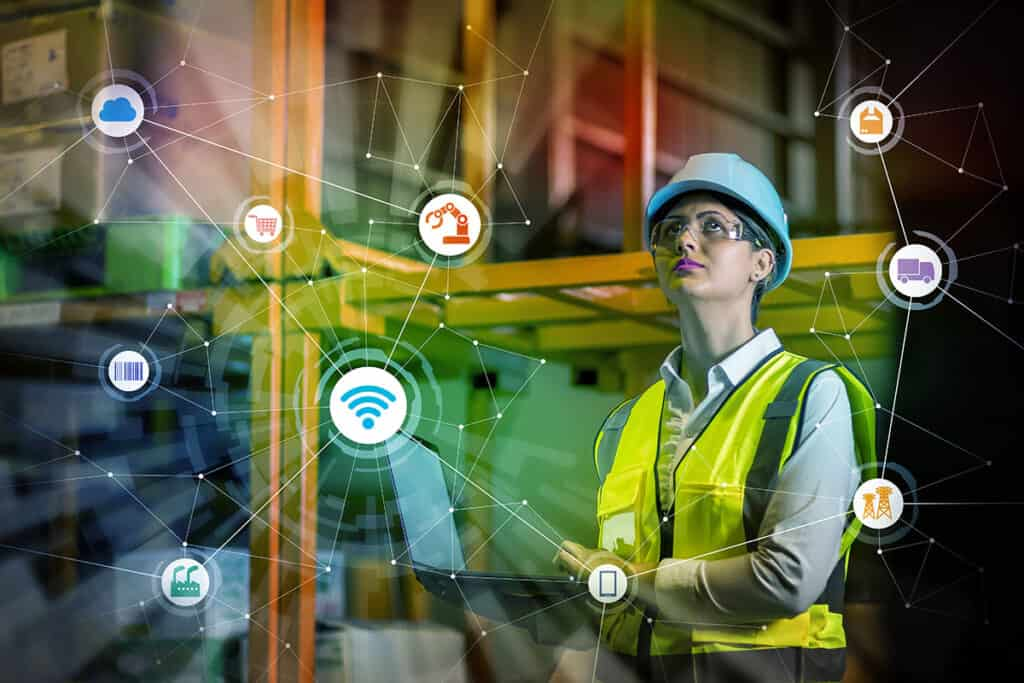OUR TRUSTED RFID & IOT VENDORS
Proven Performance
When it comes to selecting hardware vendors, at Heartland, we believe in quality over quantity. Each of our hardware vendors was carefully screened and selected to meet the specific needs of our customer base. We don’t use the word partner lightly, and we don’t change partners based on the direction of today’s wind.
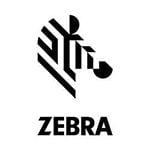
Zebra’s fixed RAIN RFID readers help you achieve maximum asset visibility throughout your enterprise. Enable better inventory management and flow of goods when you can see where your assets are.
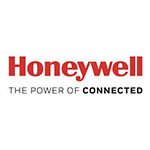
A complete line of RFID solutions, including handheld and fixed readers, printers, tags, and labels, from lightweight handheld readers for retail to rugged units for logistics and manufacturing.
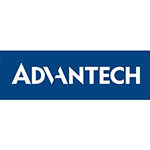
WISE-PaaS/IoTSuite is an all-in-one Industrial IoT PaaS service, which enables fast IoT application development for controlling cloud-native applications and data.
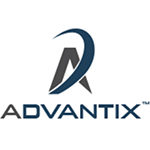
Advantix SmartSIM connects devices to multiple networks via intelligent carrier switching. There is no need to choose a carrier or worry about wireless signal strength based on location.
FREQUENTLY ASKED QUESTIONS ABOUT RFID & IOT
Your Questions Answered
RFID & IoT enable the tracking and tracing of goods as they move through the supply chain.
What is RFID?
RFID is a form of wireless communication that uses electromagnetic fields to identify and track goods in a wide variety of applications, including inventory management, asset tracking, and shipment verification.
What does RFID stand for?
RFID stands for Radio Frequency IDentification.
How to scan RFID tags?
RFID chips transmit radio waves and require a scanner tuned to the radio frequency to pick up the waves emitted by the chip to decode the tag.
Is RFID part of IoT?
IoT refers to objects connected to the Internet to exchange data. An RFID reader is a device connected to the Internet to capture and exchange data and is thus part of the greater Internet of Things.
Is RFID IoT?
RFID is not IoT; it is a subcomponent of IoT. IoT refers to a network of objects with embedded sensors, software, and other technology connected to the Internet for exchanging data. RFID is one of the objects in this context.
What are IoT devices?
IoT refers to a network of objects with embedded sensors, software, and other technology connected to the Internet for exchanging data. Devices are the objects in this context.
What is an IoT Platform?
An IoT platform enables devices to connect to the internet and includes a set of components for managing those devices and securely collecting and exchanging data.
What are the two major concerns regarding IoT devices?
The two major concerns regarding IoT devices are privacy and security. Consumers and their advocates are concerned IoT offers a gateway to intrude on their privacy and creates more access points that need to be secured to prevent cyber attacks.

